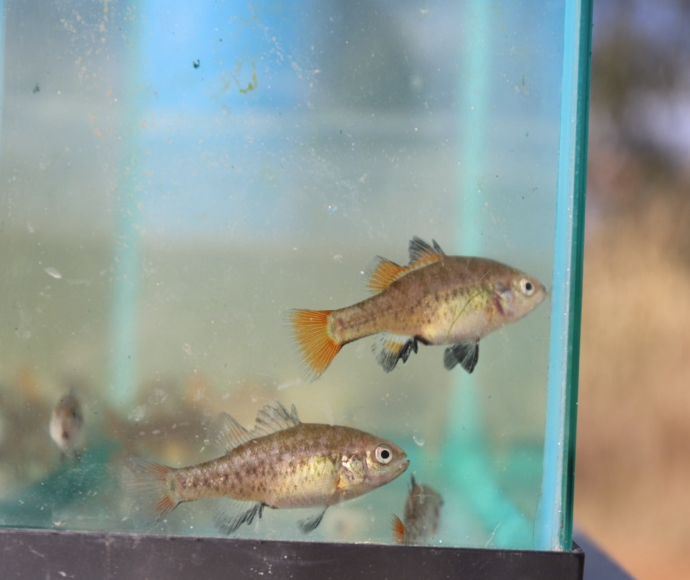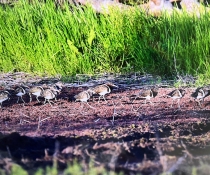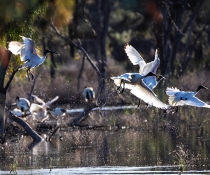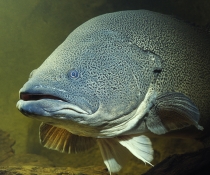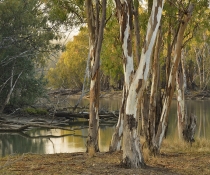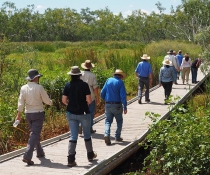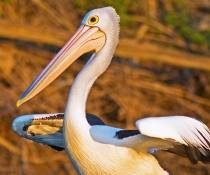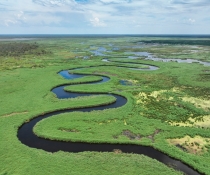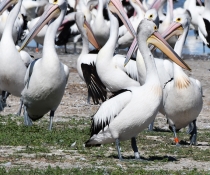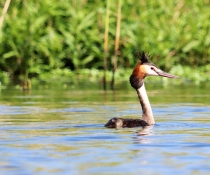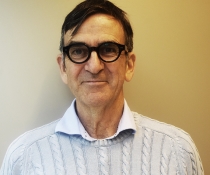Habitat creating an environment for success in the Murrumbidgee
A project to return endangered southern pygmy perch to the Murrumbidgee catchment is showing early signs of success, thanks to habitat supported by the NSW Government’s Water for the Environment program.
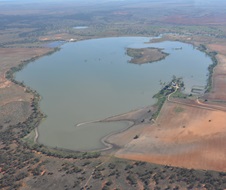
In September last year, 1,000 southern pygmy perch (Nannoperca australis) were released into 2 small wetlands near Paika Lake, 20 kilometres north of Balranald, with the aim of establishing a base population for the locally extinct species.
Early monitoring conducted by the NSW Department of Primary Industries (DPI) Fisheries has revealed that the adults have not only settled into their new environment but already begun to breed.
Paika Lake, restored through the NSW Government's Water for the Environment program in partnership with adjacent landholders, was flagged as a suitable release site by Murrumbidgee environmental water managers.
If the population continues to grow, it will be used as a source to translocate southern pygmy perch into other suitable wetlands. The long-term objective is to establish several populations in key wetland sites in the Murrumbidgee system.
Monitoring also found that habitat (aquatic plants) and water quality remained good at both release sites.
Murrumbidgee Senior Environmental Water Management Officer, James Maguire, said water managers, through the Department of Planning and Environment’s Water for the Environment program, will continue to monitor Paika Lake, ensuring optimal conditions for the released southern pygmy perch to not only survive but thrive.
‘Looking ahead, our role is to make water for the environment available to provide the appropriate habitat for the fish, hopefully expanding the population so that re-stocking can occur in other wetlands,’ Mr Maguire said.
Crucial to the project’s long-term success is keeping as many carp out of the 2 small wetlands as possible.
‘We also have a role in funding infrastructure maintenance at these wetland sites, which allows for the exclusion of carp.’
The project is a partnership between the NSW Department of Planning and Environment, NSW DPI Fisheries, the Commonwealth Environmental Water Holder and the Tri-State Murray NRM Alliance.
The shared dream of NSW water managers and passionate local landholders to return Paika Lake to its former glory saw it filled with environmental water for the first time in 2011.
Landholder Peter Morton, whose property houses the 2 small wetlands, describes the transformation of Paika Lake to what it is today as a ‘success story’.
The lake, now teeming with aquatic vegetation, provides habitat for threatened waterbird species, the endangered southern bell frog and the previously locally extinct southern pygmy perch.
‘It’s been fantastic working with the crew on the Paika project – everyone has a huge interest in what we are trying to achieve,’ Mr Morton said.
